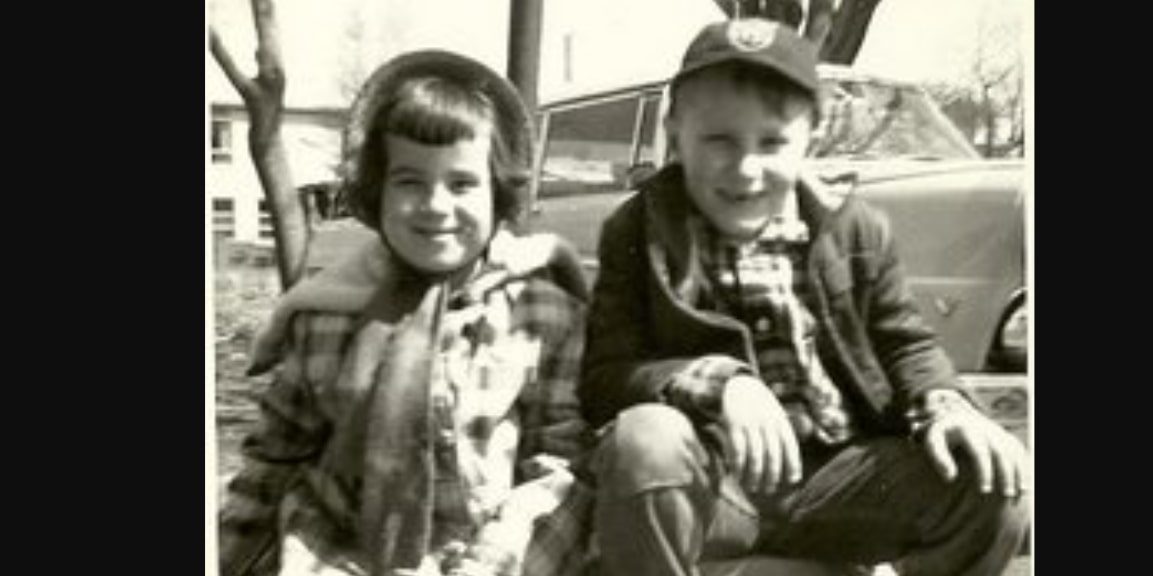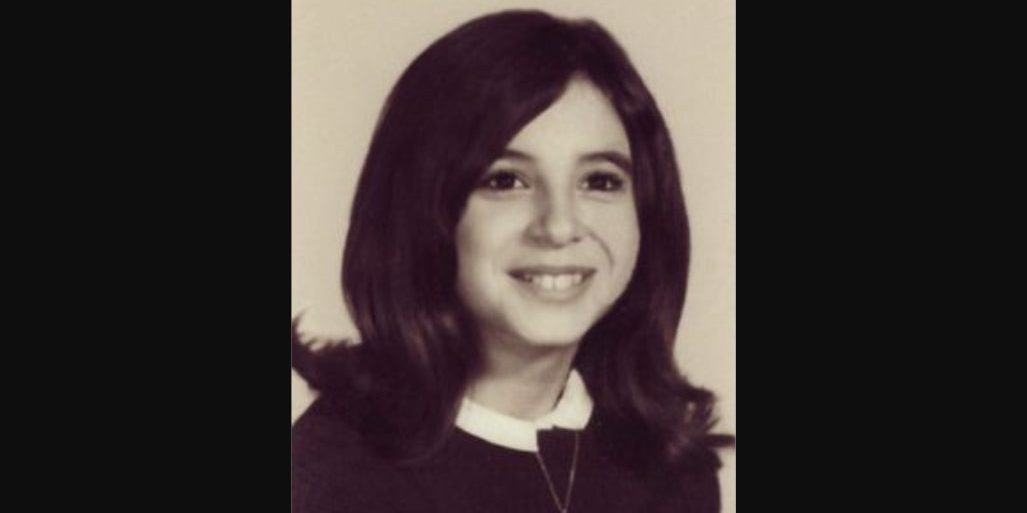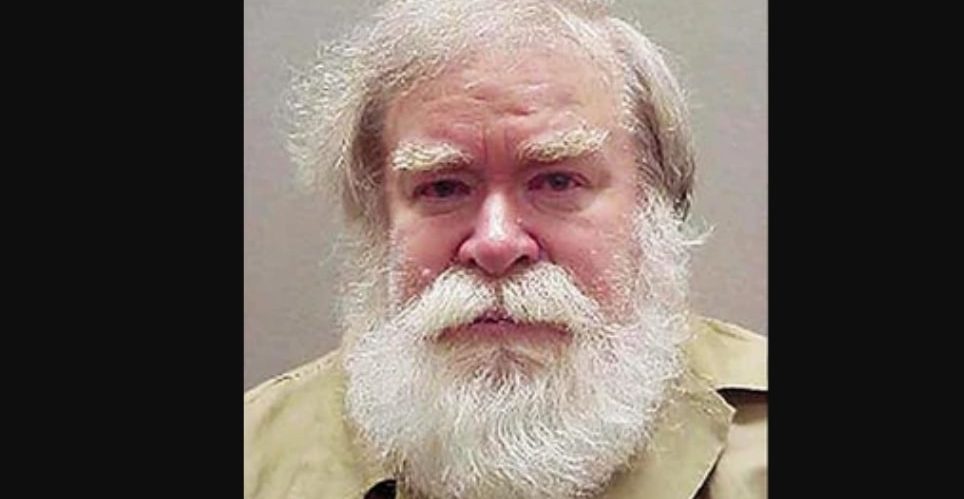It was in the year 1969 that a 15-year-old girl named Denise Falasca was leading an ordinary life with her siblings in the close-knit community of Closter, New Jersey. On an evening in July, she left home to visit friends, assuring her family she’d return in a few hours. But Denise never made it back. Her family and friends organized searches, and her body was found the next day in Saddle Brook, New Jersey, by a young boy. Police arrived at the scene, but despite initial efforts, the investigation yielded no solid leads, and the case eventually went cold. In the episode of the podcast series ‘The Binge Cases’ titled “Denise Didn’t Come Home,” the lengthy investigation and attempts to identify the person responsible are examined in depth.
Denise Falasca’s Remains Were Found a Day After She Disappeared
Denise Falasca was born on September 19, 1953, to Jacob Anthony Falasca and Jacqueline Muriel Sander Falasca. She grew up as one of five sisters in a lively, warm household in Closter, New Jersey. It was a safe community, and her parents had wanted the girls to grow up in a secure neighborhood. Their home was filled with the chatter and laughter of a close-knit family, with Denise always known as one of the kindest and most compassionate. She attended Northern Valley Regional High School in Demarest, where her friendly nature and warm personality made her a popular and well-liked student. She easily made friends and was regarded as someone with a bright future.

On the evening of July 15, 1969, Denise told her family she planned to meet friends in Westwood, assuring them she’d be home by 11 pm. It was around 8 pm when her sister, Karen, reportedly saw her leave. However, as the hours passed, Denise didn’t return home. Concerned, her parents started contacting her friends, but none had seen her that evening. Friends and family quickly organized to search the area in groups, and the police were notified as worry deepened over her absence. On July 16, 1969, a 12-year-old boy riding his bike in Saddle Brook, New Jersey, noticed a body on the side of Westminster Place. Frightened by the sight, he quickly informed his parents, who then notified authorities.
When the police arrived, they began the process of identifying the body. Families with missing loved ones were contacted, and it was soon confirmed that the remains were those of 15-year-old Denise. A small cross necklace that she typically wore had been used to strangle her. The autopsy revealed bruising on her hands, torso, and ankles, but no signs of sexual assault were found.
Some People Witnessed Denise Falasca Getting in a Car With Someone
The investigation into Denise Falasca’s death led the police to question those closest to her. They tried to understand if there was anyone in her life who might have wanted to harm her. Detectives also canvassed people along the route where her body was discovered, hoping for any clues about her final moments. Several individuals reported seeing Denise walking along Old Hook Road in Emerson around 9 pm, heading towards Westwood. Some even claimed they saw her getting into a car, although these statements remained unverified and led to no solid suspects.

The police were disturbed by a pattern of similar killings in the area, suggesting a possible link among the cases. In 1968, Thirteen-year-old Jacalyn Harp had disappeared on her way home from drum practice in Midland Park, New Jersey, and was later found strangled. Another victim, 18-year-old Irene Blase, was discovered strangled in Saddle River, New Jersey, also in 1969. What particularly caught the police’s attention was how similar these girls looked to Denise, making them wonder if one person was behind all three murders. Despite the eerie similarities, investigators were left without solid suspects or conclusive leads to pursue.
Denise’s murder case, along with those of other young women with similar circumstances, went cold, but her sister, Karen Miller, remained determined to seek justice. She continued to press the police for answers, refusing to let her sister’s case be forgotten. In 2000, Detective Robert Anzilotti of the Bergen County Prosecutor’s Office (BCPO) was assigned to reexamine unsolved cases in the area, including Denise’s. By this time, former detectives had begun to suspect that Richard Francis Cottingham might be responsible for these murders.
A Detective’s Consistent Efforts Helped Find Denise Falasca’s Killer
Richard Cottingham, often referred to as the “Torso Killer,” was a convicted serial killer and had been convicted for the murder of many sex workers in the New York area. His modus operandi was very different from the killings that Detective Robert Anzilotti was investigating, but he had a hunch. Over the years, the detective built a strange relationship with the killer and started talking to him. He hoped to get a confession, but it was a long-drawn battle with not an easy answer.

Over time, Cottingham began to open up about his crimes and eventually confessed to the murder of Irene Blase. In 2019, he also admitted to killing Denise. Detective Robert, who had spent years interviewing Cottingham, believed that Cottingham would reveal more details if spared the repeated public scrutiny of additional trials. He advocated for closing the cases of Denise and Irene without a trial, as Cottingham’s existing sentences guaranteed he would remain behind bars for life. The families consented, allowing the cases to be closed and bringing a measure of resolution. Shortly afterward, Cottingham even confessed to the murder of Jacalyn Harp.
Read More: How Many Women Did Richard Cottingham Kill? Who Were His Victims?

You must be logged in to post a comment.